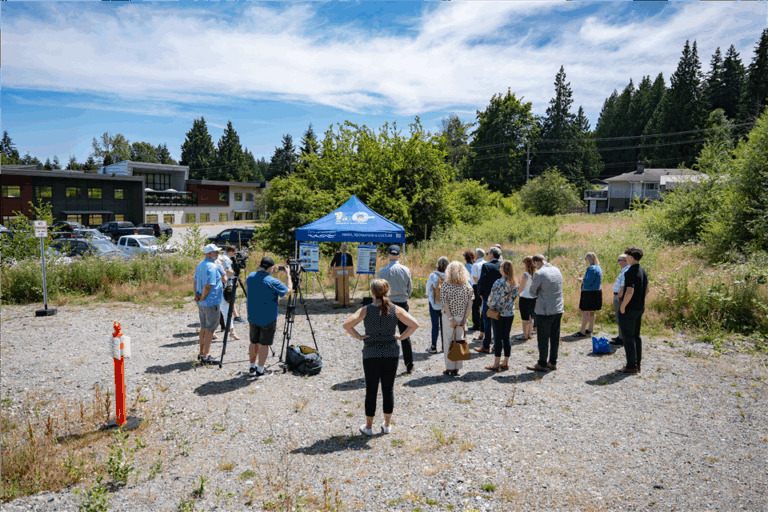The Residential and Civil Construction Alliance of Ontario (RCCAO) says that the federal government has dragged its feet on what it has pledged for infrastructure investment for Ontario, adding that the slow release of funds can jeopardize the province’s future economic prosperity.
In addition, despite commitments by the previous Liberal government at Queen’s Park, annual infrastructure investments have been underwhelming. Recently, the former Wynne government announced more than $200 billion over a 14-year period but promises were met by interminable delays.
RCCAO executive director Andy Manahan says that “a growing, modern society needs to build infrastructure faster and it needs to be more resilient,” pointing out that Toronto’s stormwater infrastructure failed to prevent recent flash floods. He adds that “across Ontario, our transportation infrastructure is insufficient to deal with severe traffic and transit congestion. This is costing the province billions of dollars in lost productivity.”
RCCAO commissioned an independent report called “Infrastructure Update 2018: Ontario Infrastructure Investment – Federal and Provincial Risks & Rewards.” These findings are relevant as political leaders from across the province meet in Ottawa at the annual conference of the Association of Municipalities of Ontario:
- Infrastructure investment in Ontario as a percentage of GDP peaked in 2010 at 4.2 per cent but has fallen or remained flat most years with 2016 being the lowest percentage in the last decade at 2.4 per cent.
- Deferral of investments means that future investment in Ontario infrastructure must now aspire to reach 5.4 per cent of GDP over the next 50 years to maximize its economic prosperity.
- For 2017, only 2.8 per cent of Ontario’s GDP was invested, including a paltry 0.4% from Ottawa.
- The federal government contributes far too little relative to the amount of tax revenue that is generated from infrastructure investment in Ontario.
This is a predicament for Ontario: increasing infrastructure investment via debt financing will result in continued long-term deficits, while rolling back investments would result in greater economic setbacks.
Here’s the solution: Ottawa and Queen’s Park (including Ontario municipalities) must increase and follow through with funding on vital infrastructure, optimally at 2.15 per cent and 3.25 per cent of GDP respectively.
“For a fast-growing province, the inability of our governments to follow through on infrastructure promises is unacceptable,” Manahan says. “We call on the Trudeau government and the Ford government in Ontario to work together to address the current underfunding situation on an urgent basis.”
The report was authored by the Canadian Centre for Economic Analysis, which is a leader in agent-based modelling and risk management assessments. CANCEA president Paul Smetanin says: “This study is an update on previous reports which uses our big data platform – Prosperity at Risk® – to determine optimal investment levels over a 50-year period to maximize the province’s economic future.”
To read the report, please click on this link.











